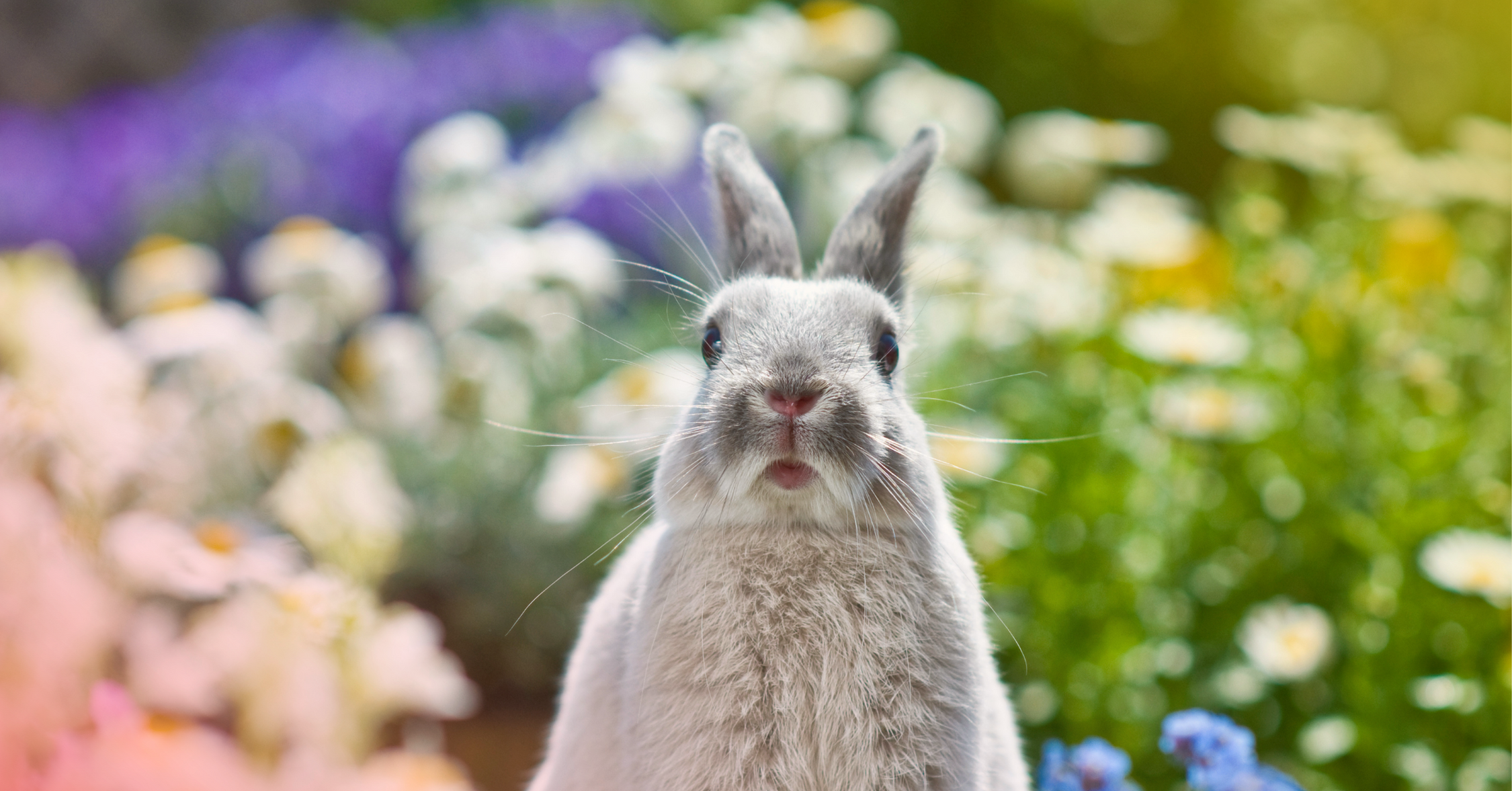
Though they are victims of myriad forms of human exploitation (including the biomedical research, agricultural, and textile industries), rabbits are often considered emblematic of animal testing*, generally, and cosmetic testing, specifically.
* We intentionally refer to “animal testing” here because – although members of the public often use “the phrase ‘animal testing’” to “impl[y] the entire range of experimental uses of animals” – “to scientists it indicates only one category of animal study, those intended to establish the safety or efficacy of various products”, including cosmetics.
Rabbits have been sought-after victims of animal testing since at least the early 1940s.
Following the passage of the Federal Food, Drug, and Cosmetic Act (“FD&C”) in 1938, FDA scientist John Henry Draize began testing chemical (including cosmetic) compounds by forcing them into the eyes of physically-immobilized rabbits – ultimately, developing the infamous “Draize test” between 1941-1944. This test, which has been “carried out on nearly all products in both government and corporate laboratories”, has always relied on rabbits “precisely because their eyes are large and sensitive and because they produce fewer tears to wash substances out.”
The Draize test, though iconic, is but one of the incalculable number of ways that other-than-human animals, including rabbits, are exploited and harmed for cosmetic testing, including:
- Repeat dose toxicity (“a product may be pumped down an animal’s throat or applied to [their] skin, or an animal might be forced to inhale it” to test “chronic, long-term effects on organs”).
- Skin sensitization (an animal’s skin may be “abrad[ed]” to “deliberately caus[e] painful damage” to test “potential allergic reactions”).
- Carcinogenicity (an animal may be “exposed” to chemicals in various, including invasive, ways to test for “the development of cancer during or after exposure”).
- Reproductive toxicity (before and/or during pregnancy, an animal may be “exposed” to chemicals in various, including invasive, ways to test for reproductive ability and resulting fetal damage).

Almost unbelievably, the use of other-than-human animals, including rabbits, for cosmetic testing has never been required – rather, this unethical practice has been voluntarily employed, retained, and defended by the animal research industry.
Animal testers have followed the lead of other animal researchers by deflecting blame and responsibility for the harms they cause: it’s the government’s fault for requiring it, they say!
Only, in the case of cosmetic testing, it’s not nearly that simple.
Even though a FDA scientist developed the Draize test, the FDA itself neither requires the use of any particular test nor requires the use of other-than-human animals for cosmetic testing – rather, since the FFDCA’s passage, the FDA has charged manufacturers of cosmetics with the general responsibility of “insuring the safety of [cosmetic] products before placing them on the market” and has stated publicly “that it would accept data acquired from non-animal tests”.
So, even though cosmetic testing on other-than-human animals has not been and is not required by law, is known not to protect human health, and is not supported by the majority of the U.S. public, it continues. Why?
In addition to the animal research industry’s financial incentives for maintaining its long-standing and lucrative animal testing practices, cosmetic testing on rabbits and other animals persists almost certainly because of industry unity (i.e., a threat to any faction of the industry is viewed as a threat to the whole industry). Indeed, as observed by political scientist and theorist Robert Garner: “[T]he biomedical research community has been equally hostile to reforms in product testing regulations as it has been in the use of animals for medical research. Presumably, this is primarily because it regards product testing reform as the ‘thin edge of the wedge,’ whereby if animal advocates are successful in this area the next step would be medical research.”
This explanation resonates anew when recognizing that, from a scientific perspective, the elimination of “animal testing of cosmetics is entirely feasible” and would serve to “protect people, ensuring that only safe products tested with cutting-edge technology enter the U.S. market.”
An end to cosmetic testing – a big win for rabbits and a concomitantly major blow to the entire animal research industry – is within grasp, but we must remain vigilant in our advocacy.
Earlier this month, a bipartisan group of U.S. legislators reintroduced the Humane Cosmetics Act in the House of Representatives (and a companion Senate bill is expected to follow). This federal bill, which was originally introduced all the way back in 2015 and has garnered the public support of the Personal Care Product Council and over 140 personal care product companies, would (1) make it illegal to conduct or contract for animal cosmetic testing and (2) prohibit the sale or transport of animal tested cosmetics throughout the U.S.
Further, passage of this bill would see the U.S. join 44 other countries (not to mention 11 U.S. states) that have already outlawed animal cosmetic testing.
You can help ensure that the U.S. joins the large, international community that has turned its back on animal testing for cosmetics.
In less than two minutes, you can raise your voice for rabbits by advocating for the passage of the Humane Cosmetics Act, which would save thousands of rabbits (and other other-than-human animals!) from becoming victims of the abhorrent and unethical animal testing industry.